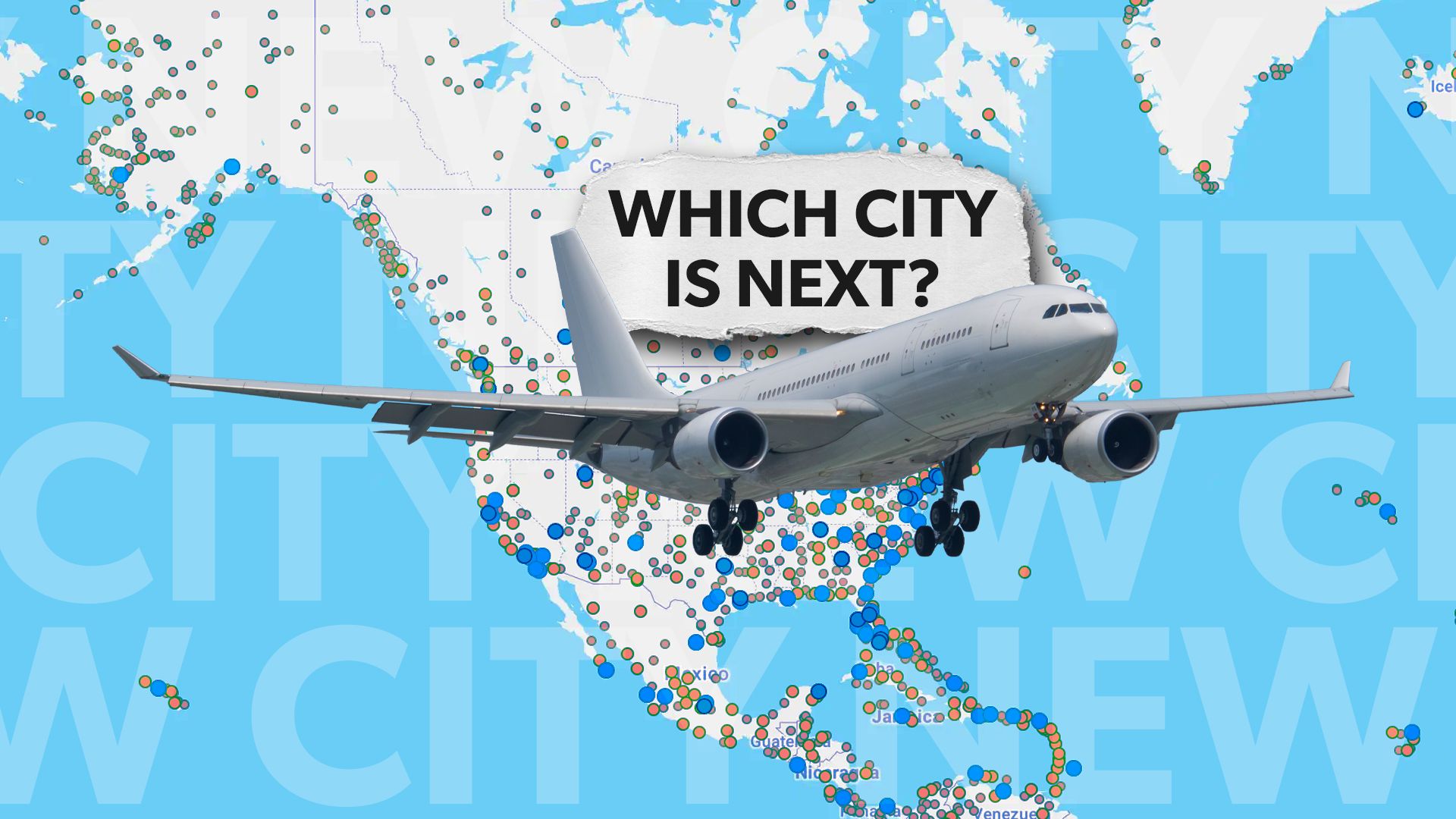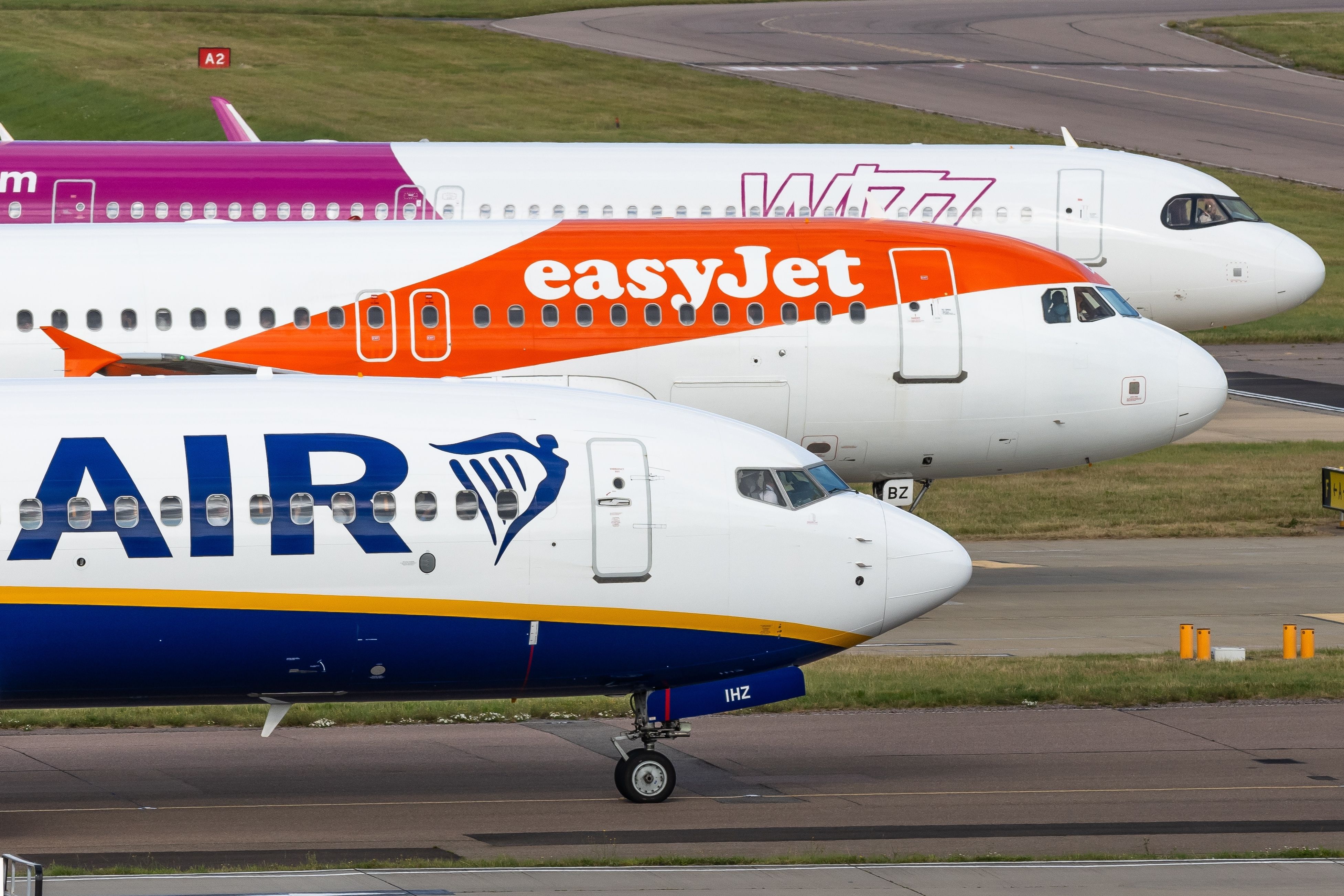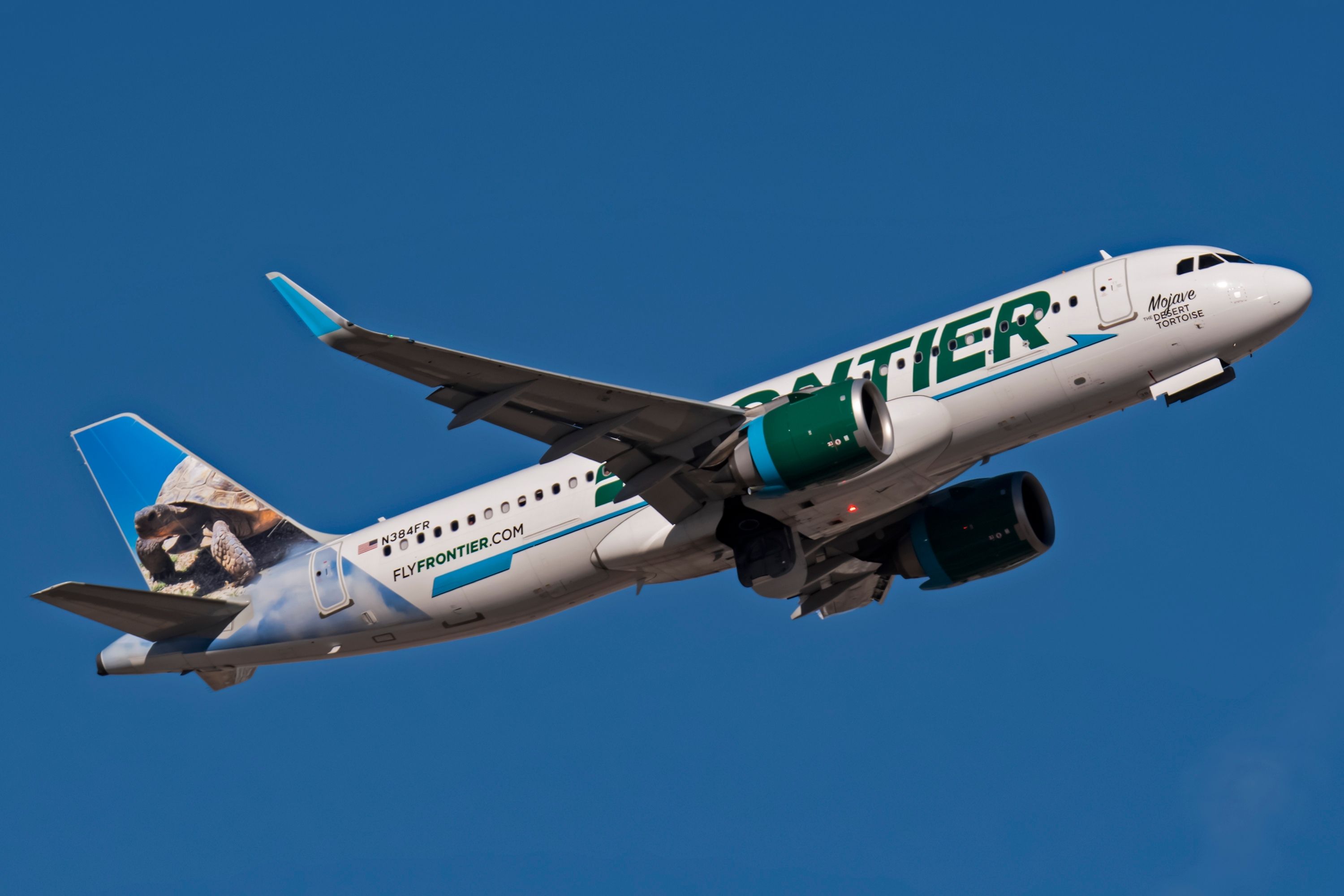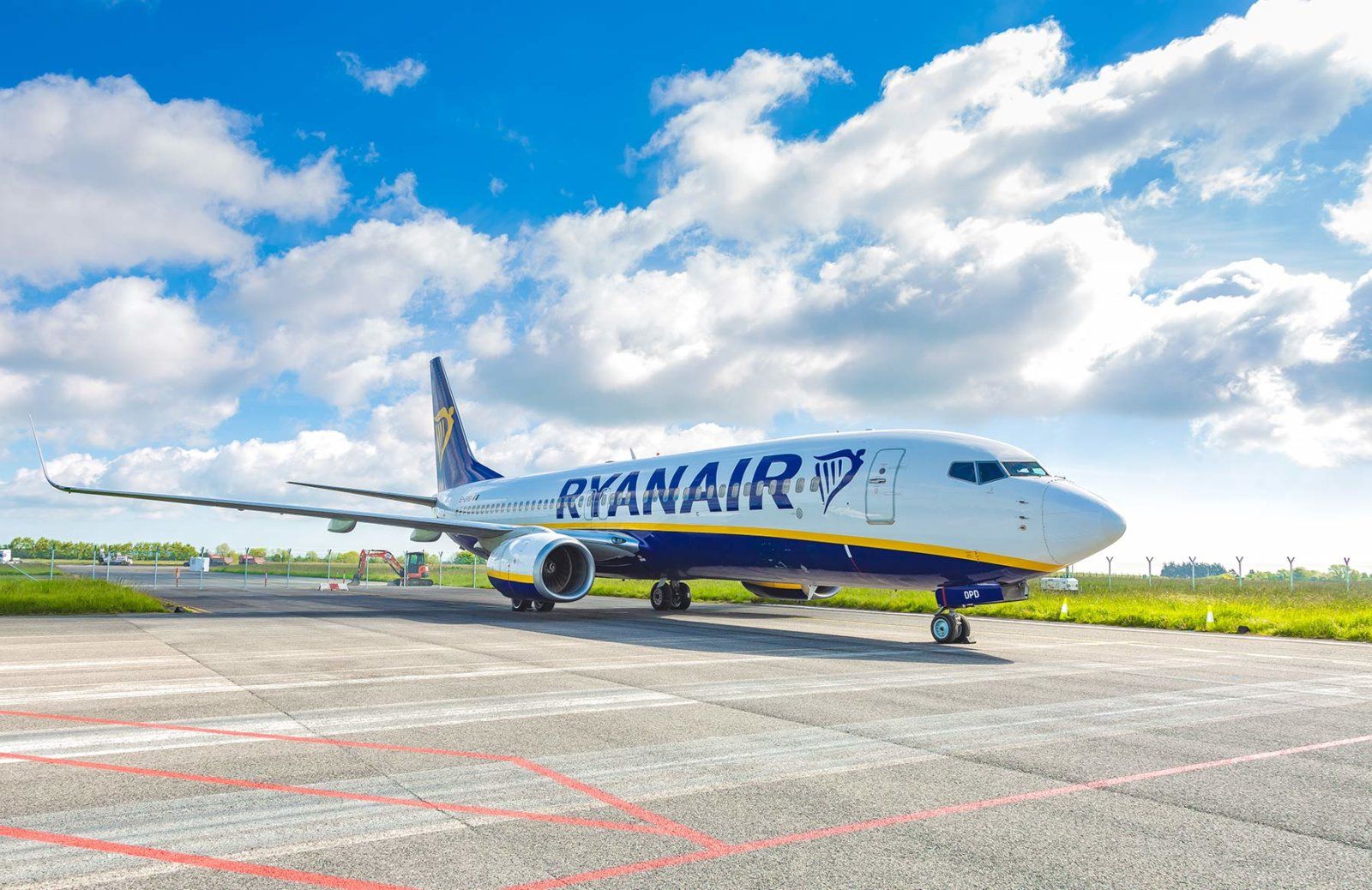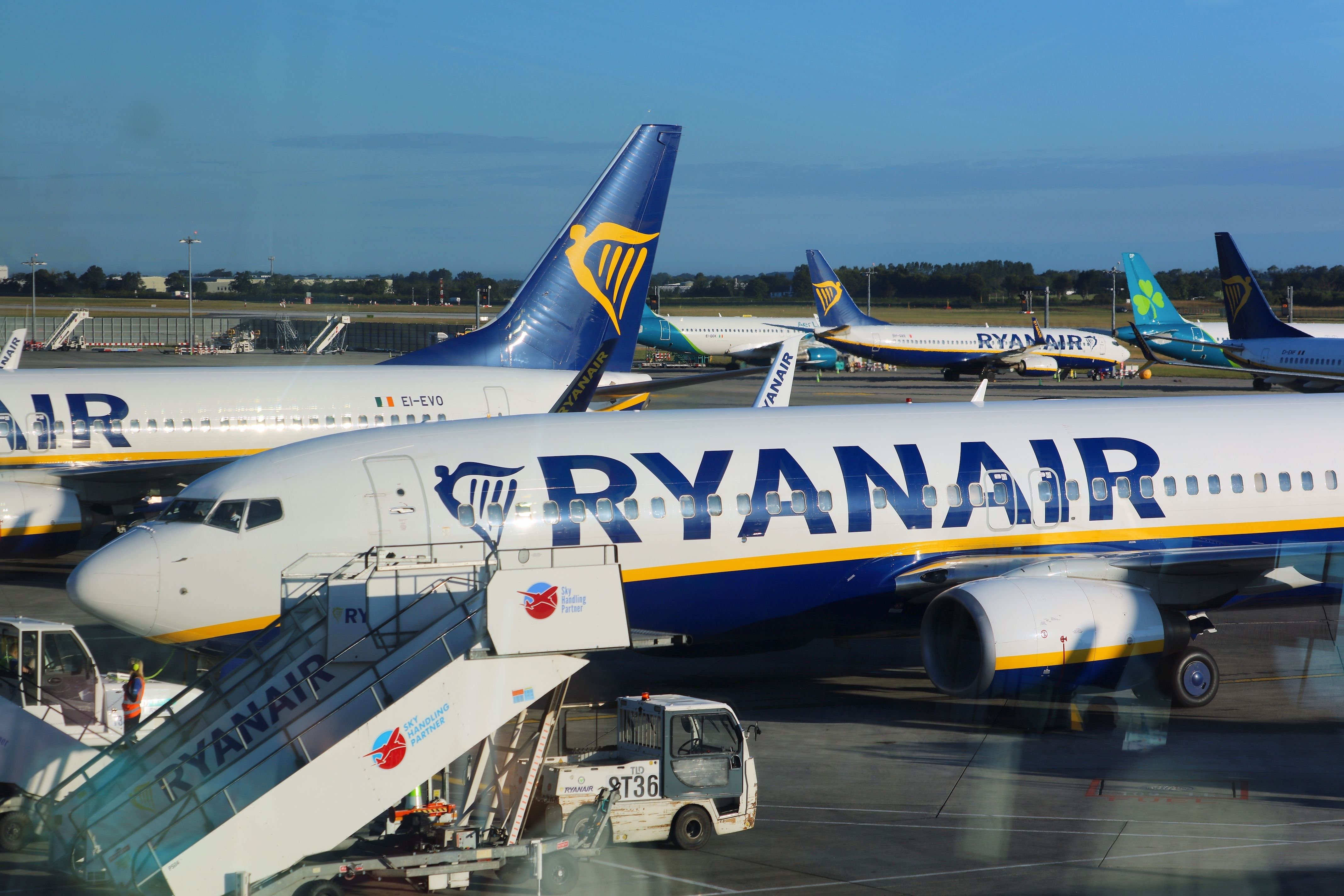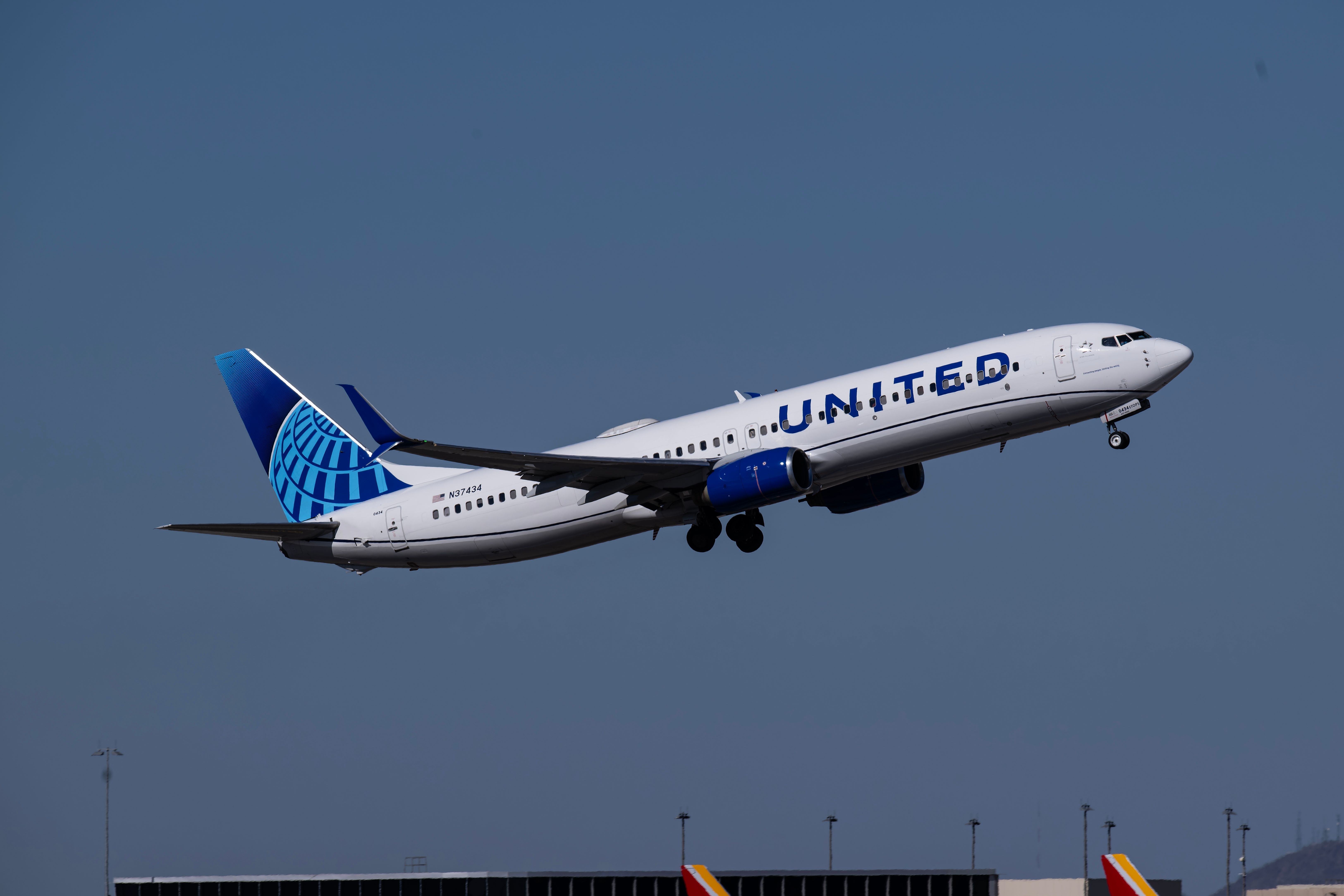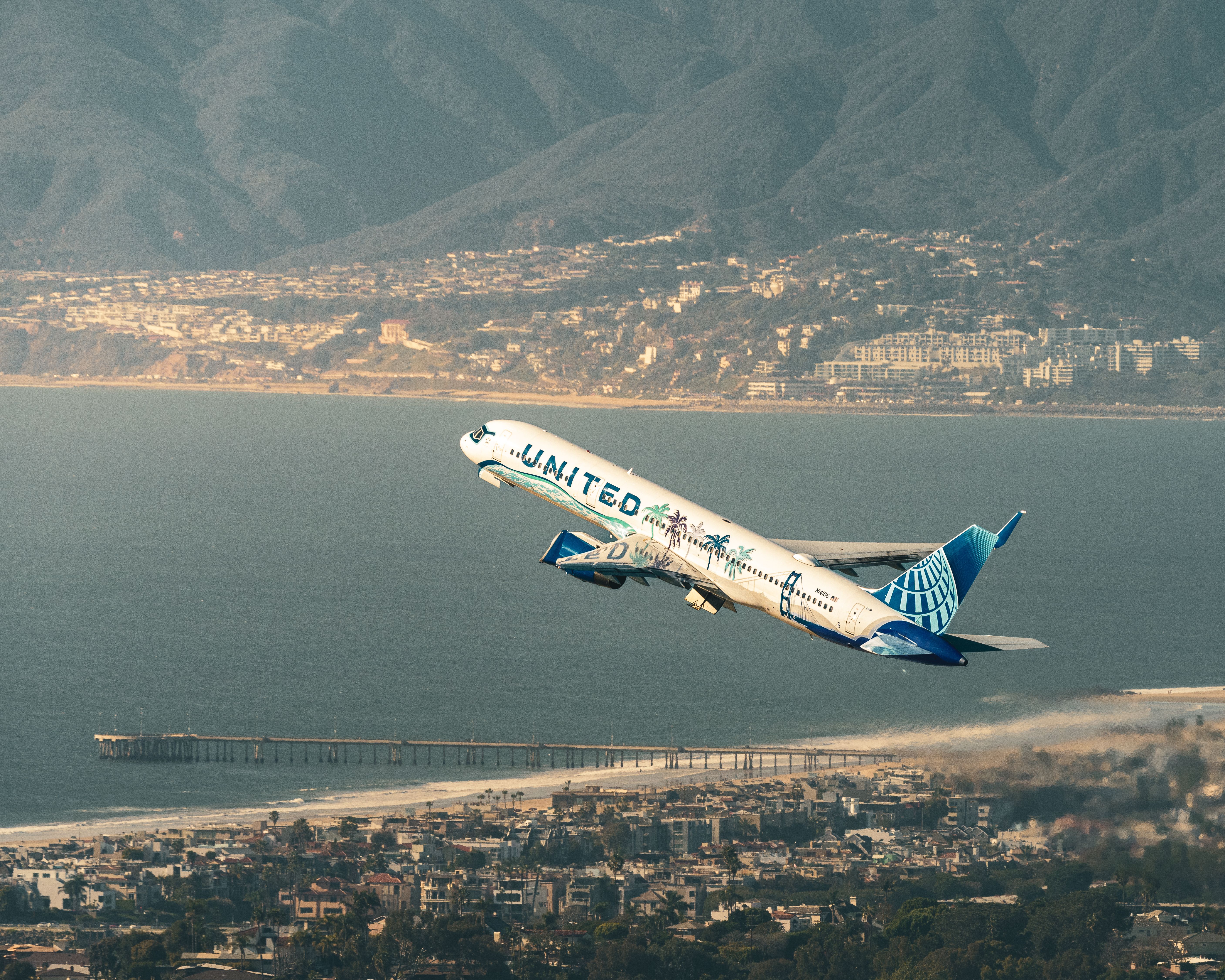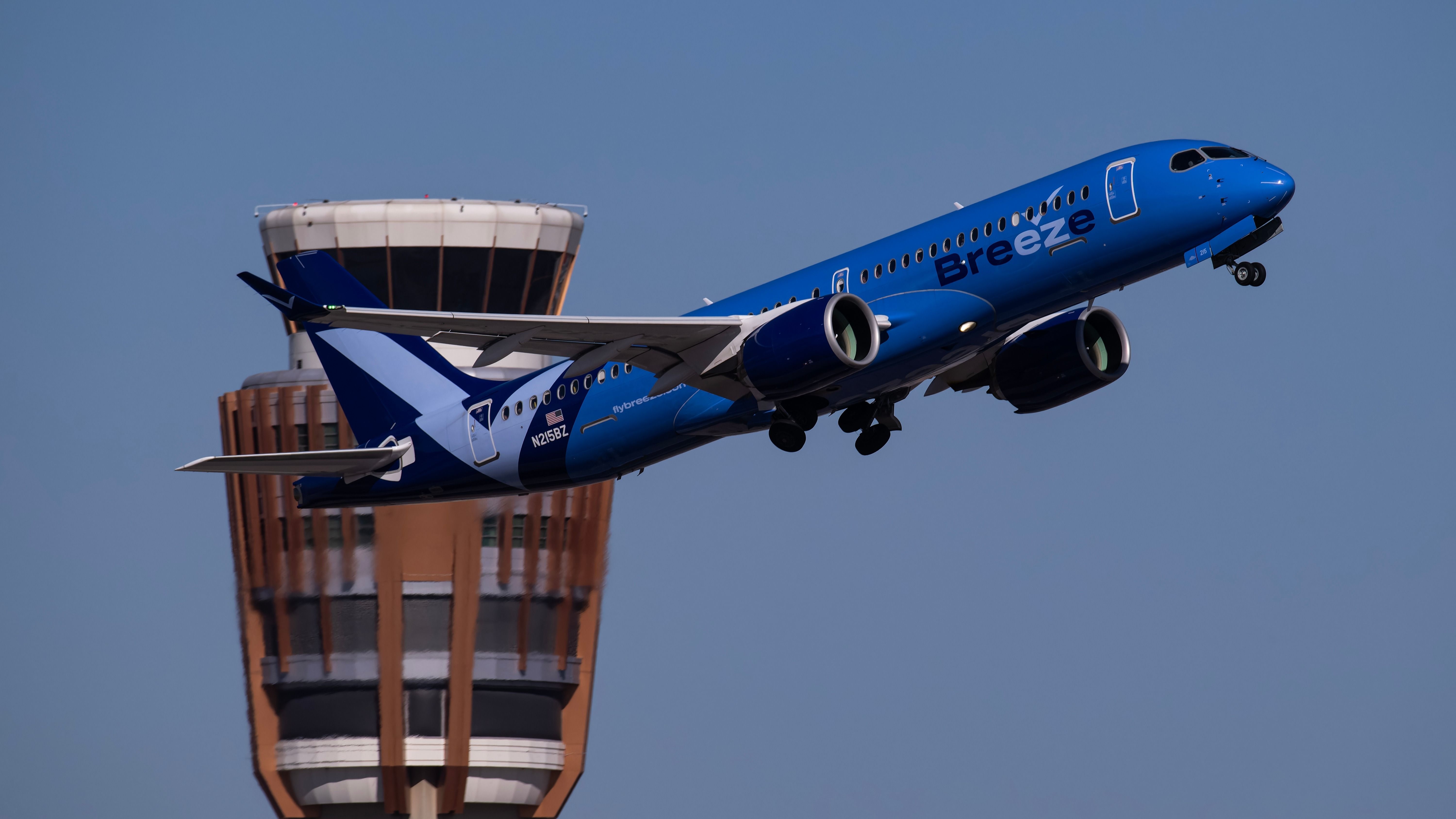Efficient and effective route network
management has long been seen as the key to success for any airline. Historically, carriers have carefully tracked patterns in supply and demand to best leverage their limited fleets to serve the destinations that will earn them the highest profits. Route management systems have become so effective that today there are extremely few routes with proven demand that are not currently served by legacy carriers. That is to say, if an airline sees that enough passengers are flying to a destination via stopping services, they will likely see the opportunity to begin flying nonstop between the two cities.
In recent decades, carriers have significantly innovated their route network strategies to include nonstop services to more destinations, some of which do not already demonstrate the levels of demand needed to justify a new flight. Many airlines, especially the low-cost carriers
that have emerged in recent years, have learned to effectively stimulate demand for different destinations. As a result, airlines have attempted to attract passengers who would not otherwise have flown to a given destination through several non-traditional strategies.
Photo: jamesdc152 | Shutterstock
The ability to stimulate demand has proven essential for low-cost
airlines, which have come to rely on strategies of bypassing legacy carrier hubs and offering nonstop flights between underserved destinations. Some airlines today almost entirely operate flights designed to stimulate demand, and some route strategy departments have become renowned worldwide for their ability to stimulate demand on key new routes.
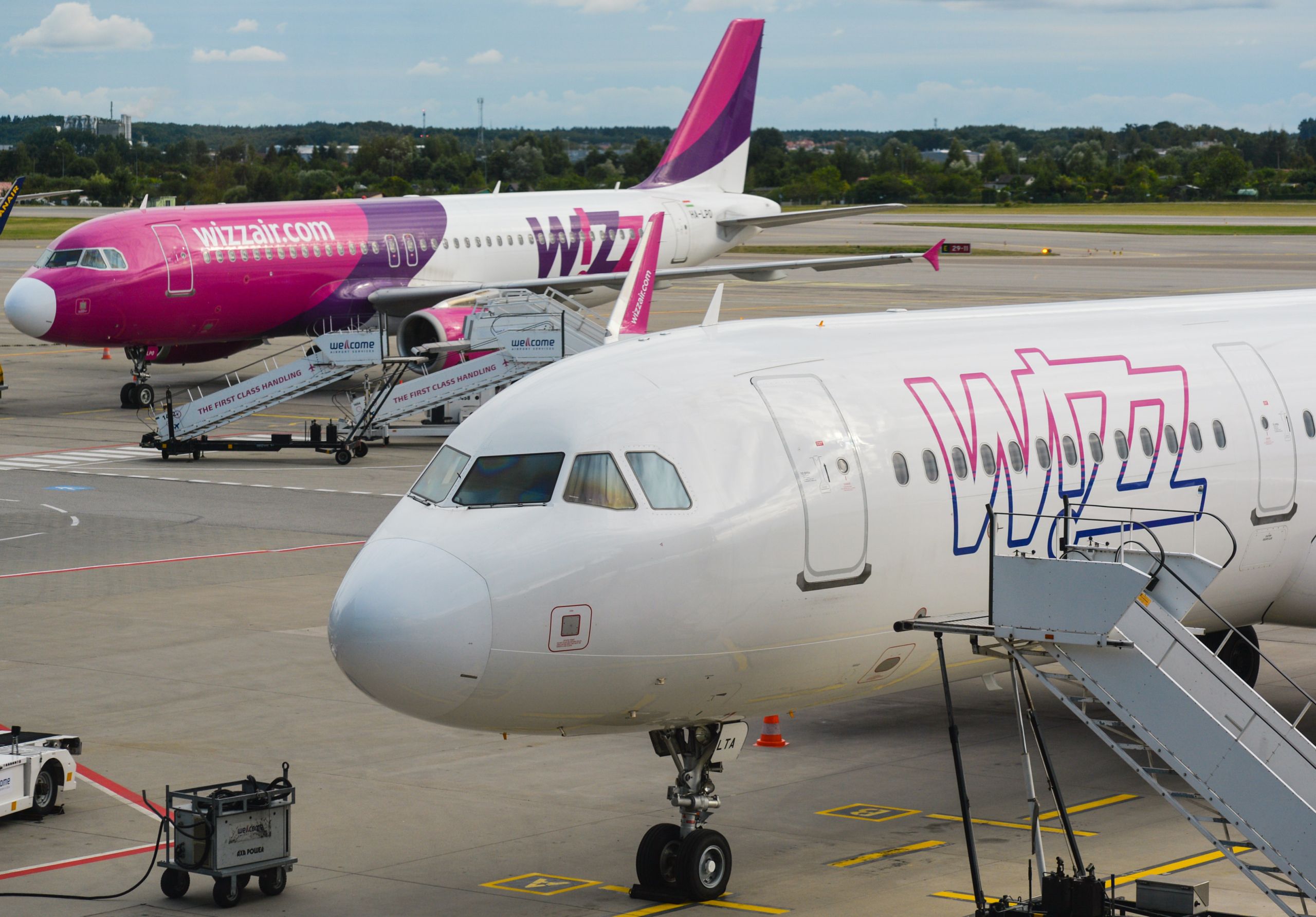
Wizz Air
- IATA/ICAO Code
-
W6/WZZ
- Year Founded
-
2003
- CEO
-
József Váradi
Originally pioneered by industry titan David Neeleman, demand-stimulating tactics have emerged across the globe, with airlines like Azul, Wizz Air, Ryanair, Spirit Airlines and others becoming well-known for their ability to market new destinations that have long flown under the radar. In recent years, especially in the wake of the pandemic, legacy carriers have slowly expanded their demand-stimulation efforts, with some airlines like United recently adopting many of the tactics traditionally used by budget airlines. In this article, we will take a deeper look at five different strategies deployed by airlines looking to market a new destination.
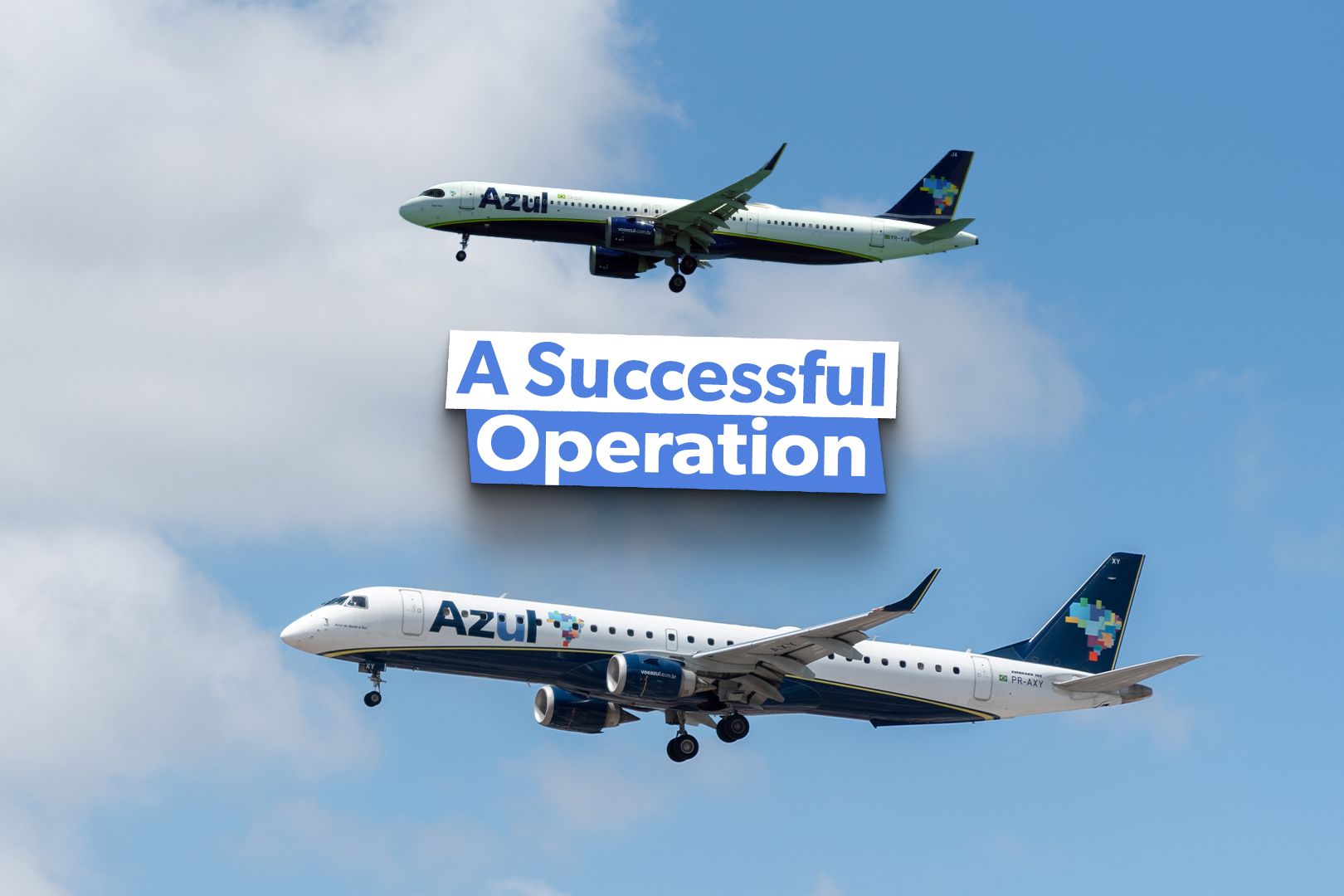
Related
Azul Brazillian Airlines’ Demand-Stimulating Business Model
The Brazilian carrier burst onto the scene 16 years ago.
Carriers will often offer a promotional fare for new nonstop flights
Typically, budget airlines will offer promotional fares on their services to new destinations, to give passengers an incentive to visit a city that has recently been added to an airline’s route map. Furthermore, these promotional fares drum up excitement for a new route, and they give airlines an easier way to explain why passengers might want to consider taking a weekend trip to a new destination. Let’s take a look at just one relatively straightforward example.
Photo: Robin Guess | Shutterstock
US-based low-cost airline Frontier Airlines recently announced a route expansion that includes nonstop flights to over 20 different destinations across the country. One of these services is a new nonstop flight between Austin-Bergstrom International Airport (AUS) and Miami International Airport (MIA), a flight that is set to be operated three times per week starting on May 22nd, according to the carrier’s website.
-1.jpg)
Miami International Airport
- IATA/ICAO Code
-
MIA/KMIA
- Country
-
United States
- CEO
-
Ralph Cutié
- Terminals
-
North Terminal |
Central Terminal |
South Terminal
To promote this new service, the carrier has chosen to launch promotional fares for $39, offering passengers quite the steal on these flights, which are otherwise priced significantly higher. The carrier hopes that some customers will see this and decide that Miami could be a cool destination for their next weekend getaway. By offering these promotional fares, the carrier can drum up excitement for new flights and, at the same time, can help make sure that its jets are filled, while passengers feel like they are getting a steal of a deal. It is important to note that airlines don’t just offer promotional deals for traditional cash-paid tickets, as they often offer promotional fares in terms of miles as well.
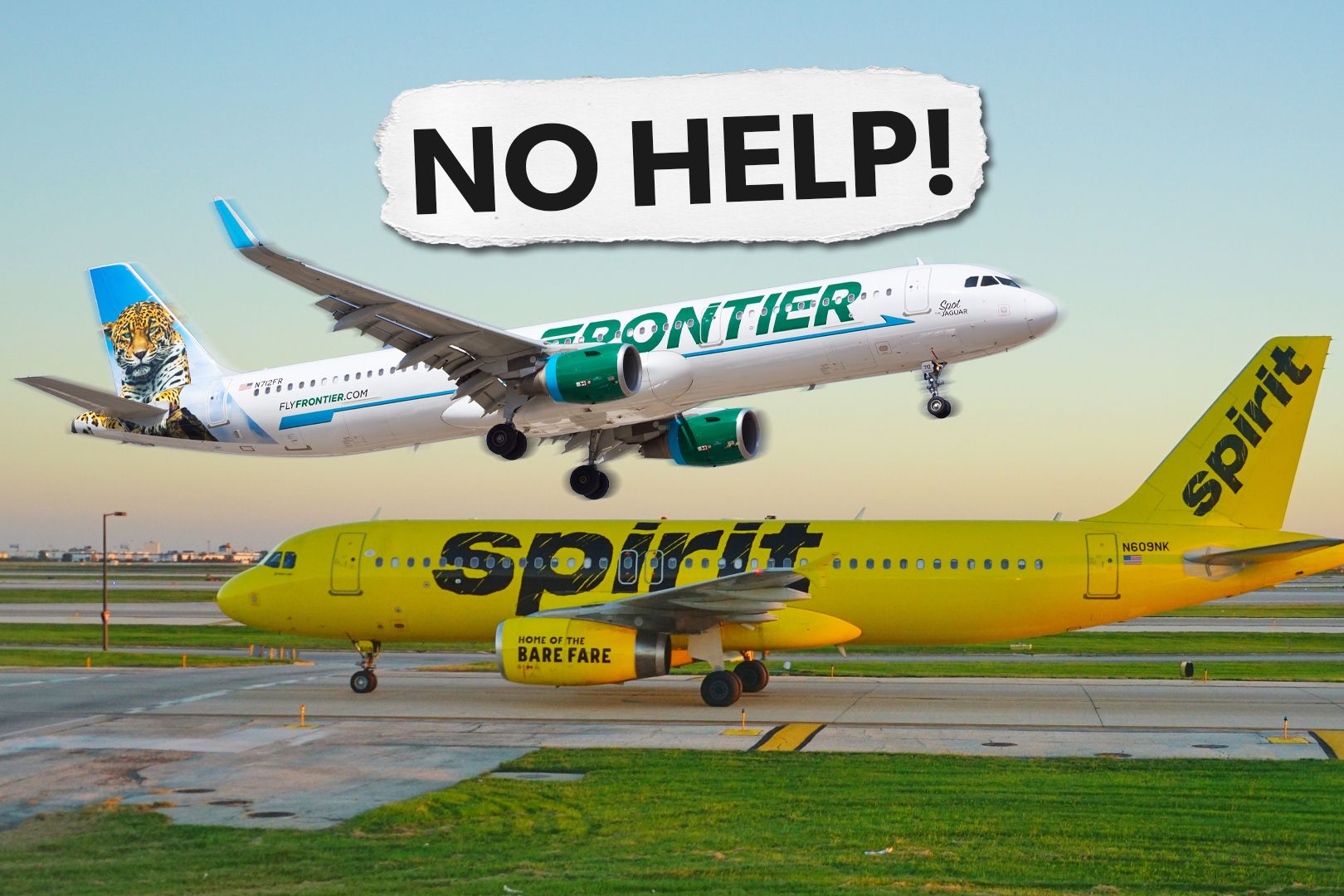
Related
Why Spirit Airlines Really Doesn’t Want To Join Forces With Frontier
The carrier will go it alone and expects its reorganization plan to be done this year.
Ryanair has been known for its social media usage
Ever since the large-scale rise of social media in the 2010s, airlines have learned to use social media platforms to their advantage, leveraging their large follower bases to promote the carrier’s latest initiatives. Some carriers have taken their social media presences to new heights, such as Ryanair, which has become known for its satirical posts that often mock customers in a joking fashion. Other airlines use their social media accounts to promote airline partnerships and update passengers on the latest news.
When it comes to promoting new destinations, carriers are mostly looking to target a younger, more adventure-prone customer demographic. Older passengers booking family vacations are likely to be less interested in altering their plans to travel to a new destination or taking a spontaneous weekend trip. Younger passengers, however, might be more likely to see a new destination on social media and choose to fly there because of its affordability and uniqueness.
3
Collaborating with local tourism authorities
There are multiple situations in which airlines will collaborate with local tourism authorities
Airlines have a third lever that they can pull when looking to stimulate demand for travel to a destination. The airline can choose to engage with a demand marketing organization (DMO), a group that primarily serves the purpose of promoting tourism to and from a given destination.
Photo: Tupungato | Shutterstock
These kinds of groups are extremely common in the Middle East, Africa, and South America, but some also exist in certain parts of Europe. According to Kareem Yarde and Chrystal Zhang’s 2025 book Strategies for Sustainable Air Services Development, DMOs play a major role in building demand for flights to many European cities. The two scholars describe the role that these groups play as follows:
“The growth of tourism and its economic importance for destinations has encouraged DMOs to become actively involved in the process of attracting air services.”
The story of the Visit Valencia Foundation remains one of the most commonly cited case studies of successful route stimulation. This organization extensively collaborated with airlines to market Valencia as a popular tourist destination, emphasizing the city’s vibrant culture and appeal to visitors through an effective targeted advertising campaign. By collaborating with these kinds of organizations, carriers can help market destinations while footing a smaller portion of the cost themselves.
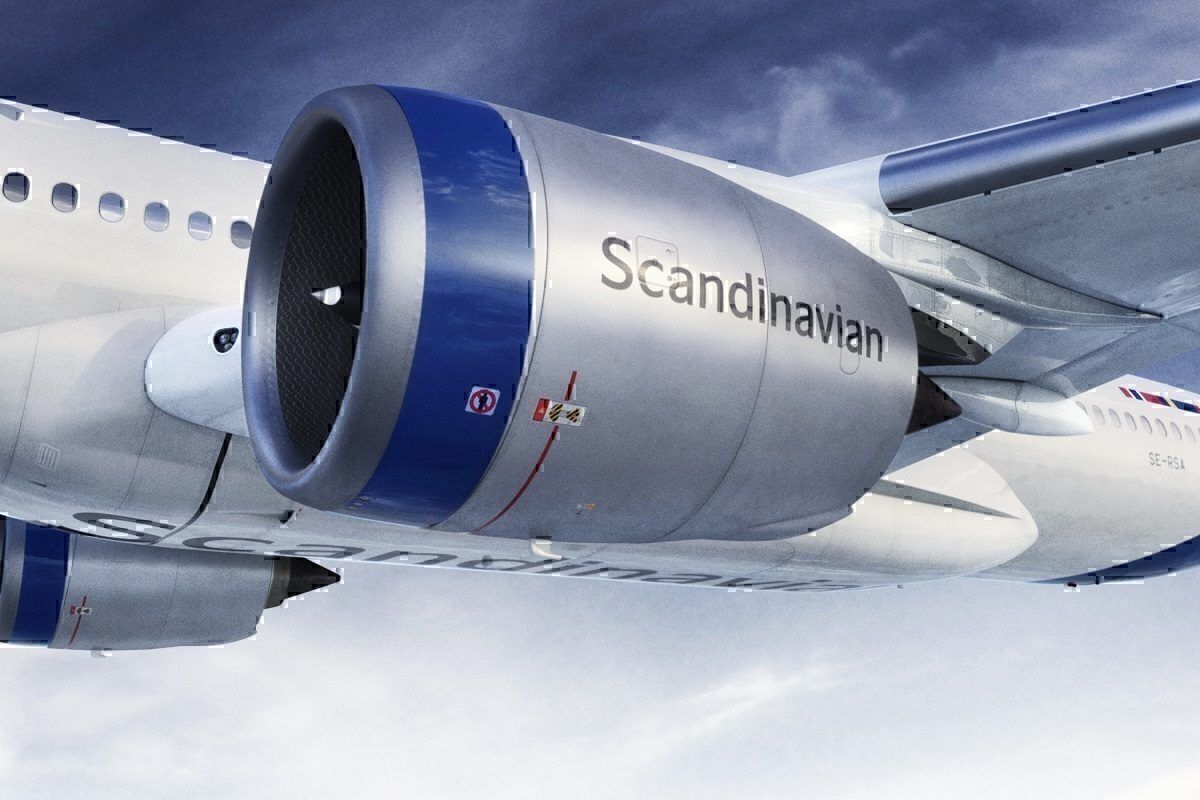
Related
SAS Launches Oslo To Valencia Route With Help From AviaDev
2
Building up suspense in anticipation of a network expansion announcement
United Airlines has begun to deploy this tactic
One of the most unique ways that an airline can market a new destination is by building anticipation before the launch of an airline’s new routes. United Airlines has become the latest carrier to deploy this tactic, most notably by hinting many times about what its new destinations might be by teasing details about new routes on social media.
Photo: Robin Guess | Shutterstock
This helped build anticipation before the carrier’s actual announcement of its new routes. When the airline actually did announce where its new destinations would be, it did so on social media to much fanfare.
United is not the only carrier to drum up excitement for its new routes to promote destinations. European carriers have been doing this for years, with Wizz Air even using mystery flights to excite passengers about new destinations. These services quite literally involved passengers getting on an aircraft that took off for an unknown destination.
1
Airlines will hold press events upon the launch of a new route
These events can help bring attention to a new destination
Photo: Robin Guess | Shutterstock
One of the most common tactics an airline will deploy to market a new route is by hosting a large media event, in which representatives from several different outlets will gather. Typically, these involve an airline leader giving a speech and other events. There are some carriers, for example, which will invite local politicians to help celebrate a new route’s launch. Some airlines will even bring media groups to nearby destinations, with the hope of helping demonstrate an area’s tourism appeal.
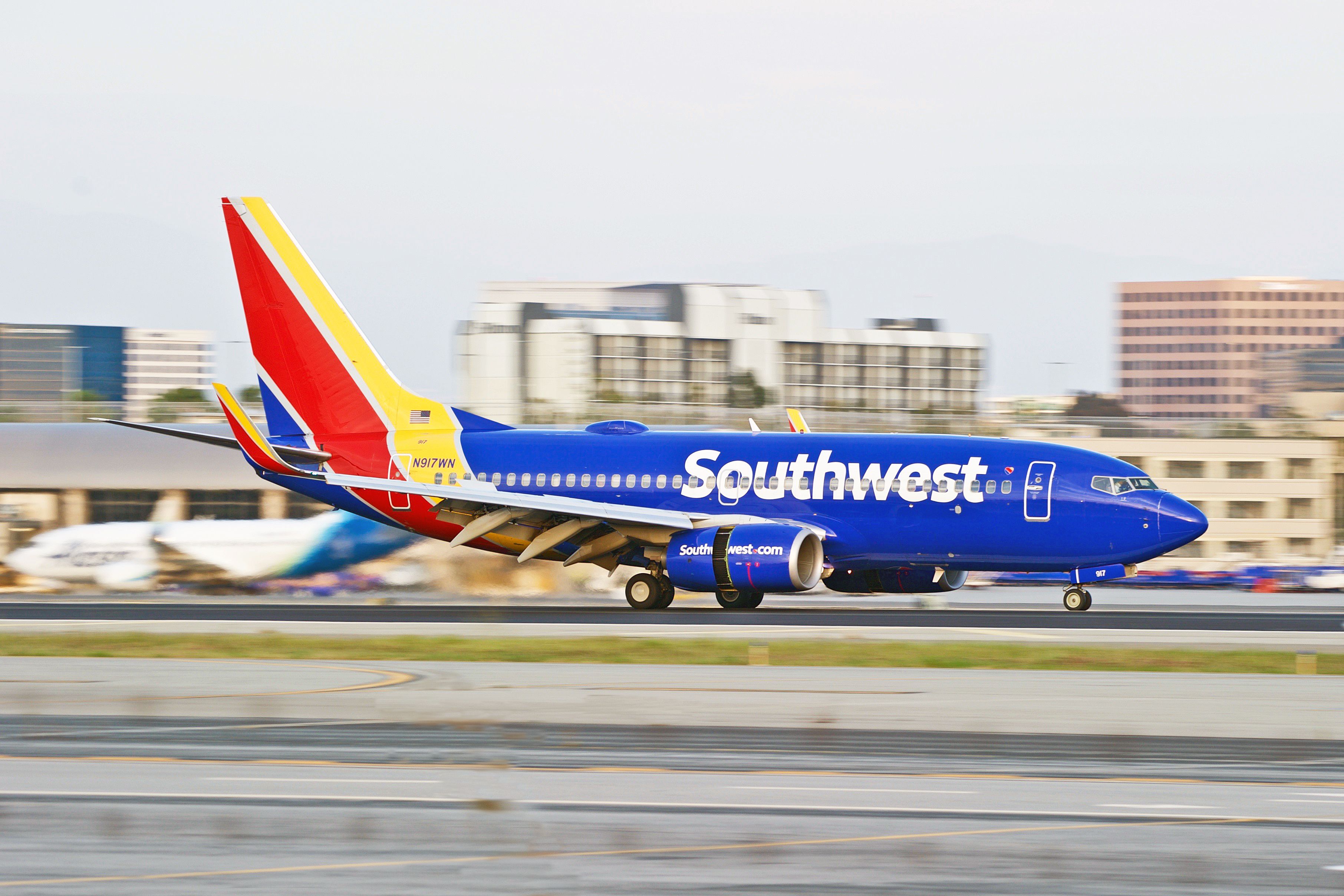
Related
Southwest Airlines Raises Q4 Estimate On Better Than Expected Leisure Demand
Southwest Airlines is hopeful that the positive momentum will carry over into 2025.

